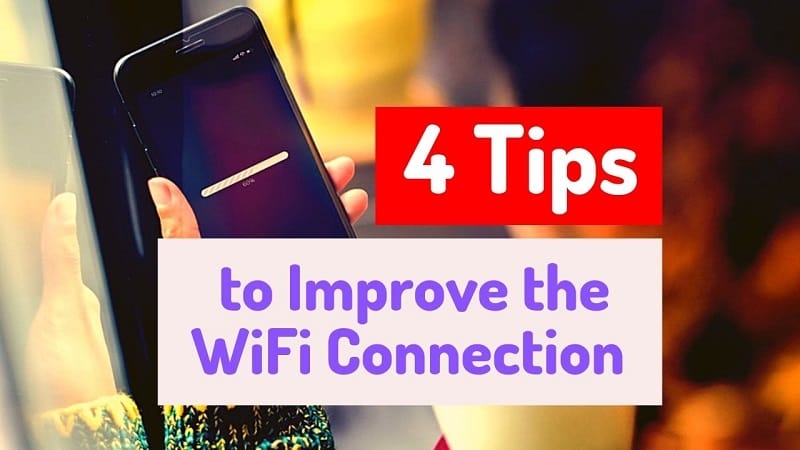When you are trying to work in your home office or stream a movie to watch with the family, a slow or dropped WiFi signal can drive you bonkers. Fortunately, WiFi dead zones and slow or dropped signals do not have to be inevitable — the following tips will help you to improve WiFi connections throughout your home and home office.
Find the Best Spot for Your Router

While many people place their router inside a cabinet in their home office or near the window close to where the cable comes inside, these may not be the best spots. Rather that tuck it away out of sight and out of mind, place your router front and center in your home, so the signal can reach as far as possible into all rooms. Consider using an app such as Wi-Fi SweetSpots to help you find the best place. As a side note, routers don’t really like to be up against walls and inside cabinets; granted, it may not be the most attractive device in your home, but keep it in the open and away from other electronics—the improved signal and lack of frustration will be worth having it in plain sight.
Turn Off Devices When Not in Use
Have you ever been taking a relaxing warm shower, only to be hit with a blast of cold water because someone in the house just flushed a toilet? This is sort of the way WiFi and bandwidth work in your home. If your laptop is the only device in use, the WiFi should be working pretty well. But if everyone in the home is trying to watch TV, be on their phones, tablets and computers, the speeds will slow way down.
To prevent this from happening as much as you can, turn off all TVs, tablets and computers when you are not using them. Also, look at each device and see which platforms might be running in the background and using up valuable bandwidth. Finally, if at all possible, wait until your kids are done playing their video games to start streaming the movie you want to watch later; this will save all of you a lot of hassle.
Make Sure Your Security is Up to Par
When signing up with a WiFi company, make sure you choose one that allows you to change your security settings, network name and password, and that you have the most protected access possible. Without these safety features in place, others can steal your data and bandwidth and really reduce your internet speeds. Consider choosing the WiFi Protected Access II (WPA2) network setting; if it has been some time since you have changed your network name and password, you may find that updating this important data may improve your WiFi speed.
Fiddle with the Antennas
Some routers have up to eight antennas on them—choose wisely. By taking the time to experiment with the way the antennas are positioned and angled, you may be able to make a tangible difference in your WiFi signal. It’s kind of like the old school TVs with the rabbit ear antennas—start by shifting the first antenna around while trying to stream a movie; if this doesn’t work, move to the second and then third antenna. You can ask one of your family members to help you so you don’t have to run back and forth between rooms; once the movie downloading picks up speed, the person can call out and you’ll know the antennas are in the right spot.
It Will Get Better!
It’s great to know that you don’t have to run out and buy a new router every time there is an issue with the WiFi signal. By making sure your security is in place, you have the router in the best spot with the antennas properly aligned, and that unused devices are not leeching your bandwidth, you should find that slow streaming and dropped signals are a thing of the past.

